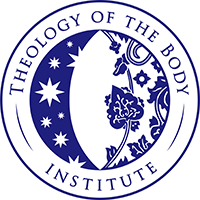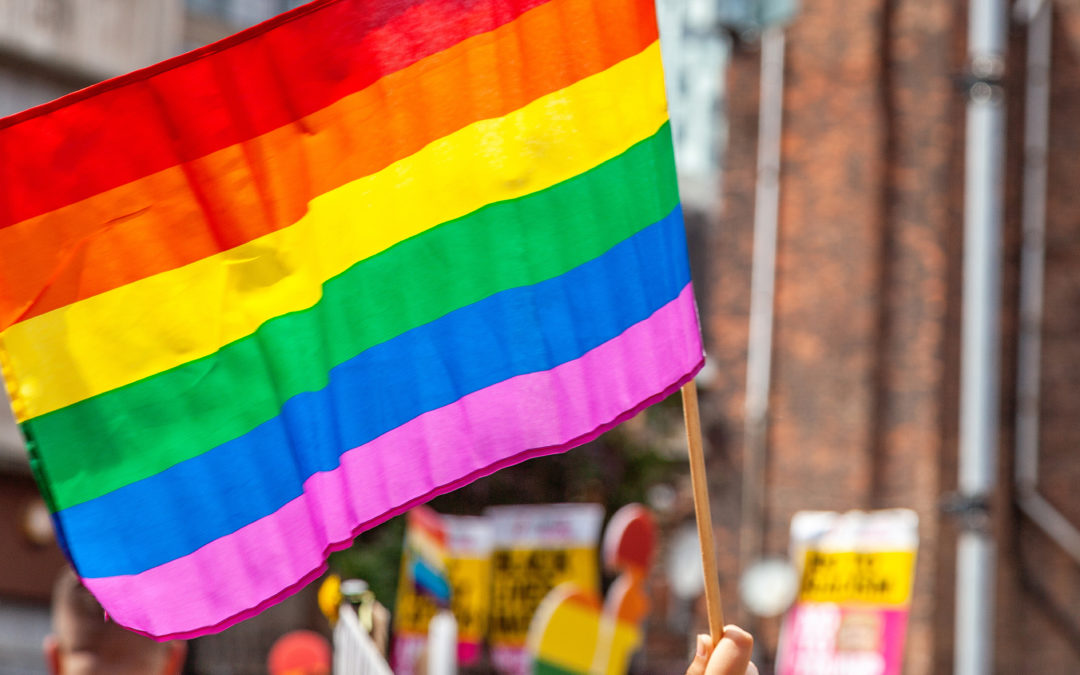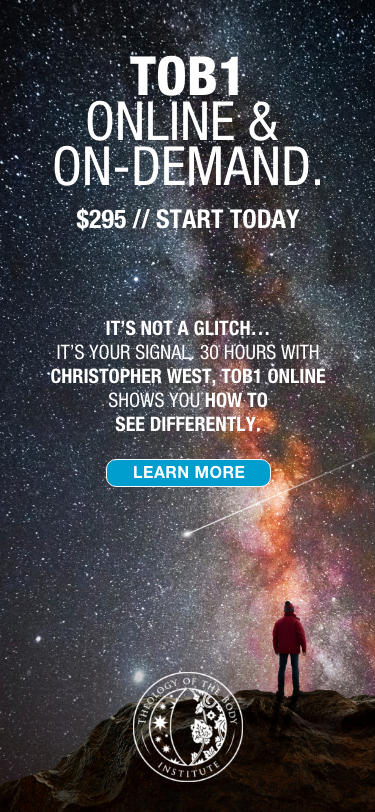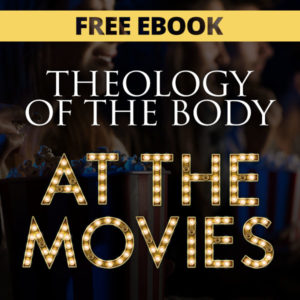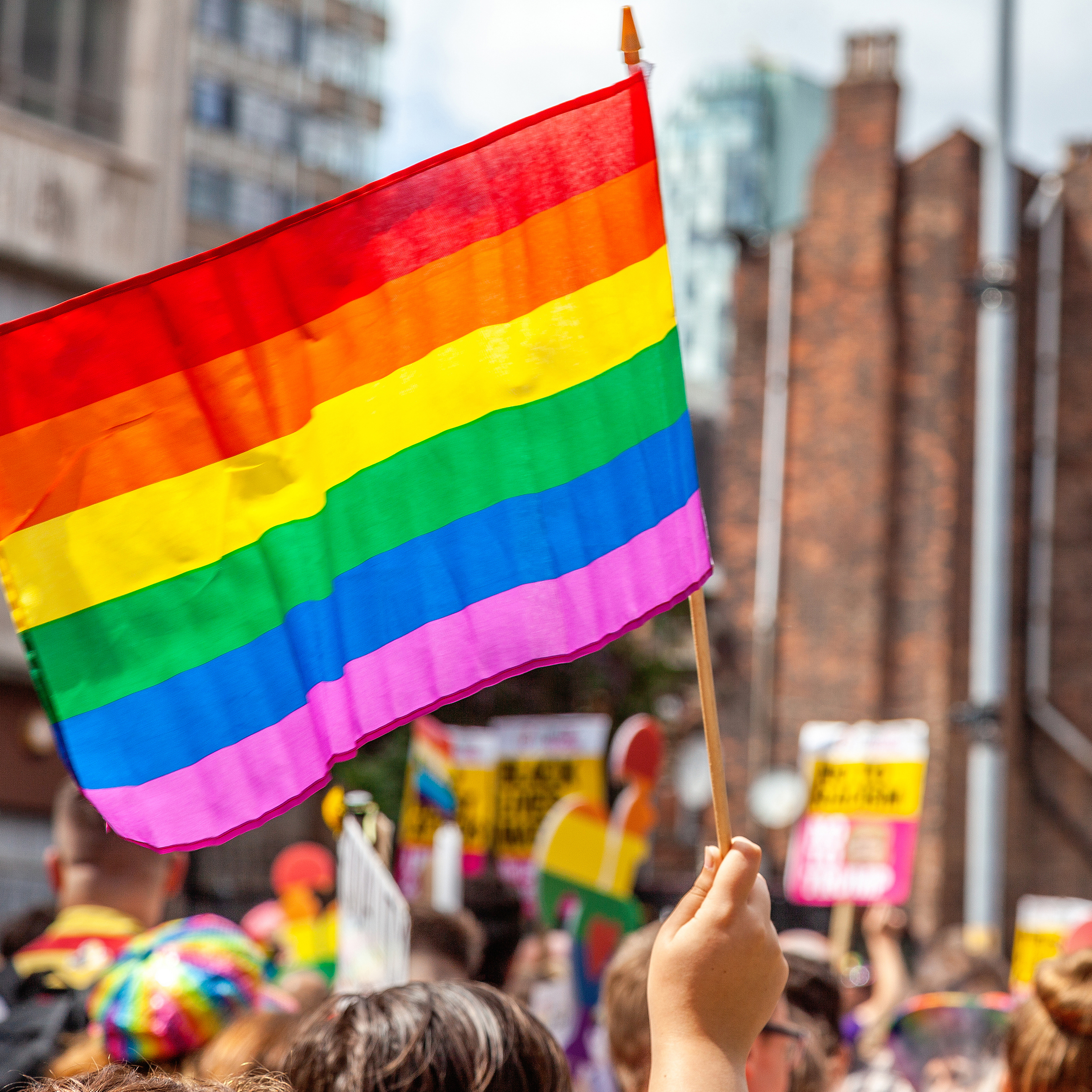

Over the Rainbow
Over the Rainbow

“Why are there so many songs about rainbows, and what’s on the other side?”
– Kermit the Frog
In the summer of 2014, President Barack Obama, by virtue of the power of his office, declared June to henceforth be known as Lesbian, Gay, Bisexual, and Transgender Pride Month.
Just a year later, in June of 2015, the campaign for same-sex marriage saw a legal victory with a 5/4 vote in the Supreme Court declaring that two people of the same sex could be civilly married. The campaign was a marketing juggernaut, harnessing the persuasive power of social media outlets, celebrity reps from radio, television, athletics, the arts, and even consumer products displayed in the colors of the LGBT rainbow. It was a brilliant strategy, culminating with the President himself tweeting that the SCOTUS decision was “a big step in our march toward equality. Gay and lesbian couples now have the right to marry, just like anyone else. #LoveWins“.
LGBT advocates got what they wanted. It appears, however, they want more.
Soon after the release of the highly anticipated new Star Wars film, The Force Awakens, a social media buzz proposed that the two new male characters might be in a same-sex relationship. Then, director J.J. Abrams confirmed that possibility at a pre-Academy Awards event. In early May of 2016, fans of the blockbuster “Frozen” film (whose lead characters are two sisters) began a Twitter campaign with the hashtag #GiveElsaAGirlfriend. The actress Idina Menzel, who lends a voice to the main character of Elsa, has weighed in on the campaign. “I think it’s great,” Menzel told a reporter at the Billboard Music Awards. “Disney’s just gotta contend with that. I’ll let them figure that out.” When asked if she would support the decision, she replied, “No matter what.” Another Twitter campaign followed suit and was trending at the time to #GiveCaptainAmericaABoyfriend
The LGBT rainbow has been placed like a filter over the lens through which most Americans view contemporary culture today, from Netflix to the news, from music awards to government mandates. It appears in school curriculums, labor laws, even our local department stores.
In the past few years, the T of LGBT has received a deluge of press, pushed forward with unprecedented force by the coverage of former Olympiad Bruce Jenner’s desire to be recognized as a woman. The term “transgender” now seems anything but transient. It touched off the so-called “bathroom wars.” North Carolina’s 2016 law that a man ought to use the men’s room and a woman the woman’s room has been declared discriminatory; a violation of Title VII of the Civil Rights Act of 1964. The Obama administration intervened, stating that a man who identifies, in his mind, as a woman must have unquestioned access to use a woman’s bathroom, and vice versa. TARGET department stores have led the way in making this allowance, modifying their nationwide restroom policy. (According to the Williams Institute, a think tank at UCLA Law, roughly 0.3 percent of the population identifies as transgender.)
The question posed at the opening of this article remains. “Why are there so many songs about rainbows, and what’s on the other side?”
Aside from aggressive agendas and media machines, somewhere over this LGBT rainbow, or perhaps at the end of it, is the desire of men and women to find themselves. That self-knowledge, that sense of identity, is the pot of gold we all long to find! As St. John Paul II wrote in his first encyclical, Redemptor Hominis, “In this creative restlessness beats and pulsates what is most deeply human – the search for truth, the insatiable need for the good, hunger for freedom, nostalgia for the beautiful.” (RH, 18)
This restlessness has never been so apparent as it is today. The labels under the LGBT rainbow, according to gay activist Dan Savage, are ever expanding. Once on The Late Show hosted by Stephen Colbert, Savage mentioned Queer, Questioning, Intersex, Asexual, and Two Spirit to mention a few. Colbert remarked: “Maybe there should be one overarching word we could use, like human…?”
If with respect, sensitivity, and compassion we look beyond the LGBT rainbow, with its ever-growing list of letters, and simply look upon one another, we might see that first light, that primordial light, shining on the original face of the person before us, and upon ourselves. If we allow ourselves to enter into this shared ache for self-discovery (for self-recovery in fact), we might just find, over the rainbow, that original, unfiltered light of the Creator, before it was splintered through the prism of our diverse and sometimes divergent desires. We would see another person who, at the core of their being, is made for a life-giving relationship. We are called to this, and made for this.
For our brothers and sisters struggling with their sexual identity, for every man and woman, wrestling with the gift and mystery of being human, for the young awash as they are in this amorphous cloud of gender fluidity, let us recall the words of St. John Paul II: “Man must reconcile himself to his natural greatness. But precisely when he so deeply enters into the order of nature, when he immerses himself, as it were, in the vehement processes of nature, he cannot forget that he is a person. Instinct alone will not solve anything in him, for everything appeals to his ‘interiority,’ to reason and responsibility. What appeals to him in a particular way is this love that stands at the cradle of the coming to be of human kind. Responsibility for love… is bound most closely with responsibility for procreation. Therefore, by no means can love be separated from parenthood, the readiness for which constitutes a necessary condition of love.” (Love and Responsibility)
On this side of Heaven, we all suffer from a lack, a deficiency, a “less than” that we wish were much more. The LGBT rainbow reveals this incompleteness. It has only six colors, whereas the natural occurrence of a rainbow in nature reveals seven. Seven is a number in Scripture symbolizing wholeness, restoration and regeneration; it’s the number of perfection. We all long for this wholeness, this sense of completeness. If we listen to God’s creative Spirit, which is always present, always hovering over the abyss of our longings, then somewhere over the rainbow, where skies are blue, our true identity and final destiny will become clear.
“What’s so amazing
That keeps us stargazing
And what do we think we might see
Someday we’ll find it
The rainbow connection
The lovers, the dreamers, and me…”
Share your thoughts on this article’s Facebook post.
